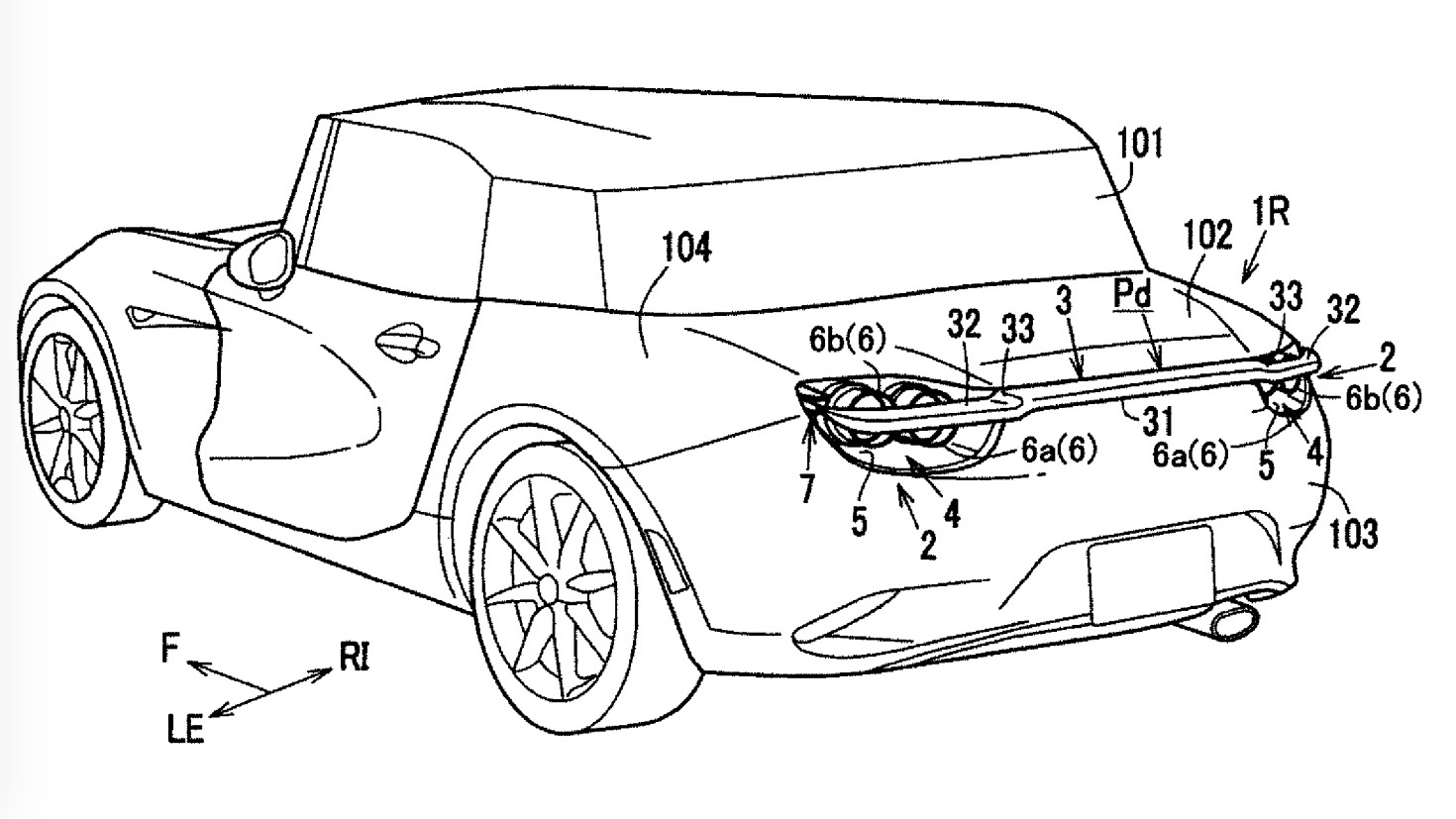

With regard to the ABPA’s first argument, the ABPA claimed that the design patents were not ornamental because the designs were not “a matter of concern” to the consumer. It is noted that the ABPA also set forth additional arguments, which are not discussed herein. Specifically, the ABPA argued before the court that designs for auto-body parts are not eligible for patent protection because ( 1) consumers seeking to repair their vehicles do not select body parts for their design, and ( 2) the designs were not dictated by the body part’s function. The ABPA consequently filed a declaratory judgment asserting that the Ford design patents were either invalid or unenforceable. Ford sent cease and desist letters to members of the ABPA over the members’ sale of auto body parts protected by Ford’s design patents. Ford has numerous design patents protecting the designs for its auto body parts. Members of the ABPA make, import and/or sell auto body parts that are used to replace damaged auto body parts. District Court of the Eastern District of Michigan to invalidate design patents on auto body parts. Ford Global Technologies, LLC (Ford), which was decided in 2018, the ABPA asked the U.S. In Automotive Body Parts Association (ABPA) vs. That emotion of desire is what drives consumers to purchase the vehicle.ĭespite the intricate design process and the visceral emotion that is engendered by its fruits, some industry players contend that the body parts of a vehicle lack ornamentation and are purely functional, and, thus, are not eligible for patent protection. When it is agreed upon by all that the design has made not only a visual impression, but has evoked the emotion of desire, it is ultimately green lit and passed on to the production stage. Marketing groups gather around the hardened model and pontificate the public’s reaction. The clay model is then covered in a silver paint substance in order to appreciate how the light will reflect off the shapes and contours. The designer steps back, ponders, smiles and then fine tunes radii and curve lengths. The designer’s fingertips move over every surface, adding or removing clay as necessary, to delicately shape and contour the bumpers, doors, nose and tail of the vehicle until the silhouette shown in the charcoal drawing comes to life.
In the next phase of the process, the designer manually sculpts the vehicle out of clay material. The design team carefully inspects the drawing, comparing the design with previous designs and competitive designs, and offering suggestions for perfecting the various contours and curves in an effort to generate a stronger visual impression.

Various rough drafts are cast aside until, at long last, the designer is satisfied that the visual and ornamental impression offered by the paper sketch is suitable for sharing with her team. Starting from an overall concept that exists only in one’s mind, the designer slowly and methodically draws lines on the paper forming a silhouette as the charcoal splinters off the pencil and lands on the floor beneath. The process begins in an artist’s studio with black colored charcoal pencils and a stack of drafting sheets arranged on an easel. Efforts to Invalidate Design Patents for Vehicle Body Parts Continue


 0 kommentar(er)
0 kommentar(er)
